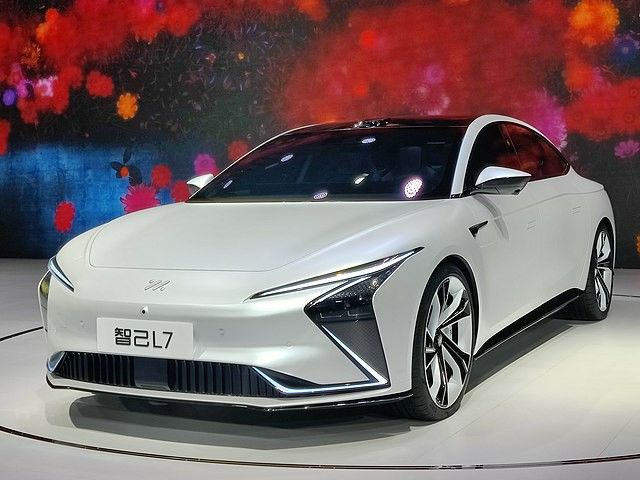Europe’s electric vehicle (EV) market is undergoing a dramatic shift. Chinese automakers like BYD, MG (SAIC Motors), Nio, Xpeng, Leapmotor, and Zeekr are capturing significant market share — fueling increased competition, innovation, and pricing pressure for legacy brands.
What’s Fueling the Surge?
1. Aggressive Pricing & Value
Chinese EVs are significantly cheaper than comparable European models. For instance, the BYD Dolphin is priced at around €30,000—nearly half of the average €46,000 cost for many European EVs.
In early 2025, Chinese brands saw huge sales growth: BYD registered 70,500 units in H1 2025 (a 311% increase YoY), and the MG4 EV remains one of the UK’s best-selling models. Overall, Chinese brands’ market share nearly doubled to 5.1%.
2. Technological Edge & Innovation
Brands like BYD are leading with advanced battery technology (Blade battery), while Nio offers battery-swapping, and Xpeng focuses on intelligent driving features. These innovations appeal strongly to tech-savvy European consumers.
3. Consumer Acceptance Is Growing
Younger European buyers are increasingly open to Chinese EVs. Surveys show that 38% are now more willing to buy one than a year ago, with brand origin becoming less of a concern. Escalent’s data reveals that even small price reductions (10–20%) significantly shift perception and interest.
4. Strategic Local Production & Tariff Mitigation
To bypass EU tariffs, Chinese automakers are investing in Europe. BYD plans a factory in Hungary by late 2025, while MG and Chery are exploring facilities in Spain and beyond. This local production helps manage costs and logistics.
5. EU Tariffs & Hybrid Strategies
Despite EU tariffs on Chinese-made EVs (17–37%), brands like BYD adapt by promoting PHEVs, which avoid some tariffs. In April 2025, BYD’s combined BEV and PHEV sales surged, doubling profit margins and helping the brand overtake Tesla in the European market.
What This Means for Europe’s Automotive Landscape
-
Legacy brands are under siege: European automakers face structural inefficiencies, making it harder to compete on cost and innovation. Governments and industry must act fast to remain relevant.
-
Consumer expectations are rising: Chinese brands are offering advanced features—like in-car tech and sleek design—at lower price points, rewiring consumer value expectations.
